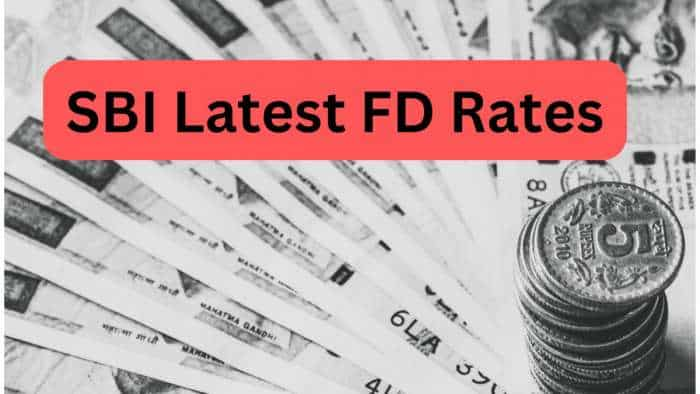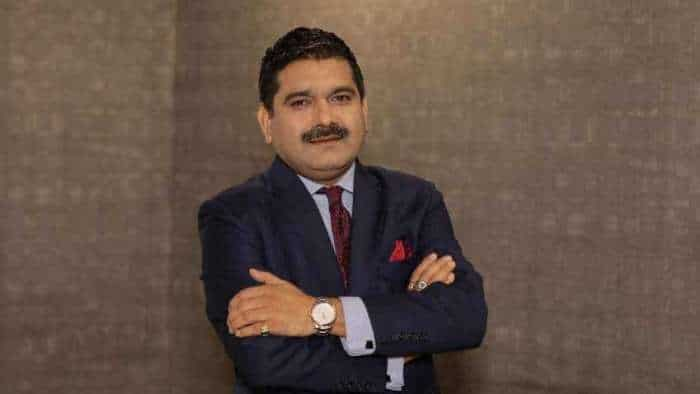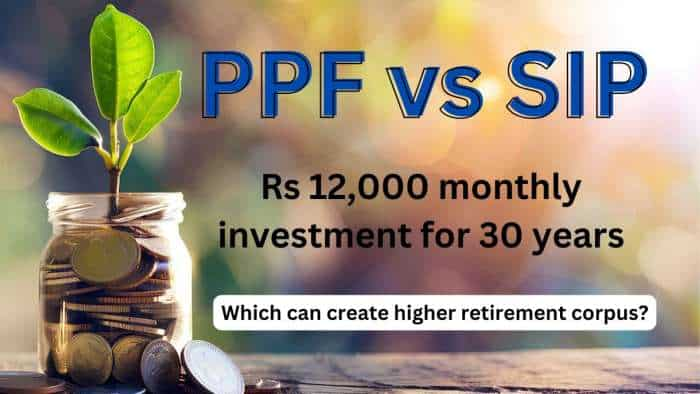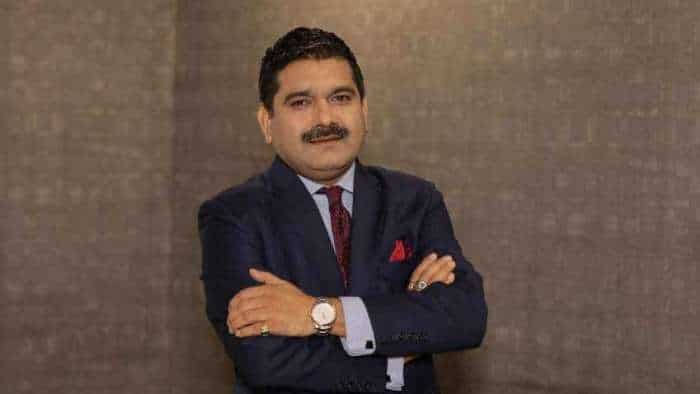RBI monetary policy 2018: Why central bank will hold its horses and not hike rates
RBI hiked policy repo rate by 25 basis points in June 2018 policy to 6.25% from previous 6%. This was the first increase in repo rate under Prime Minister Narendra Modi led NDA government regime.

When RBI hiked repo rate in June policy, everybody was of the opinion that another hike is expected in August policy as well this year. Now the time has once again arrived and RBI governor Urjit Patel along with six-member Monetary Policy Committee will be presenting India's third bi-monthly policy at around 14:30 hours today. However, time has changed and the factors which were first seen as a troublemakers for RBI, have pointed towards a status quo in this policy as per many experts. One should remember a rate hike picture is still there in India but not today as per many experts. India’s August policy is divided in two opinions one supporting a rate hike and another rooting for a status quo.
RBI hiked policy repo rate by 25 basis points in June 2018 policy to 6.25% from previous 6%. This was the first increase in repo rate under Prime Minister Narendra Modi led NDA government regime.
Let’s understand why RBI will hold its horses in this policy.
Economists at HDFC Bank say, “It’s a close call and a tough balancing act but we expect the RBI to tilt in favour of a ‘hold’.
They added, “We think that balancing the risks and the comforts, the MPC is likely to keep the policy rates unchanged. Moreover, with already elevated bond yields, the MPC is unlikely to send very hawkish signals to the market with back-to-back rate hikes.”
Similarly, Dr. Soumya Kanti Ghosh, Group Chief Economic Adviser at State Bank of India said, “We believe August rate decision is a close call, though we believe status quo rather than a hike looks the best option. The only reason for a rate hike by RBI at this juncture might be to satiate the self fulfilling prophecy of market expectations of a rate hike to stem the rupee depreciation (though rupee depreciated by 3% post June).”
Edelweiss Financial Services said, “A wait and watch approach with a neutral stance is more suitable at this stage, in our view. Effectiveness of MSP in corps outside paddy, trend in crude prices and USD remain the key monitorables.”
HDFC Securities explained the 10 year bond yields closed at 7.91% on the day the RBI hiked rates last time in June. The 10 year now yields at 7.77%. So the bond markets are not expecting a hike.
Analysts at HDFC Securities added, since the Fed is likely to hike in September, the RBI could be behind the curve if it does not hike now. So while the compulsions would be to hike now just to remain ahead of the curve, it may not want nip the recovery ahead of any major data to the contrary.
Therefore, HDFC Securities also said, “the Central Bank may hold back any rate hike for now but may not be immune to hiking before the scheduled meeting on October 3, if the incoming data warrants so.”
Also expecting a status quo this policy, Edelweiss Investment Research explains few detailed factors to why RBI needs to wait and watch this policy. They are:
Core Inflation: Base Effect to be blamed?
Core inflation had plunged to a 2-year low in June 2017. This phenomenon had begun in April 2017 and lasted till July 2017. The cycle reversed in August, from thereon the core inflation started picking up.
Though core inflation of 6.4% is above RBI’s comfort level, it is believed e the central bank will be cognizant of the transient impact of base effect on core inflation. Secondly, the demand especially in rural areas is slowly recovering but is still in its nascent stage.
MSP: Muted impact on food inflation
Minimum Support Prices (MSP) for Kharif crops were announced earlier this month. It came mostly in line with our estimates. Also, setting up of higher MSPs, does not necessarily translate to higher food inflation.
It depends on how much is procurement ratio of the Government. Additionally, most of the major crops like food grains, pulses are already in surplus mode.
Analysts said, “ we estimate not more than a 30-40 basis point pass through to food inflation. Besides, the impact of the same will be felt in the second half of the year.”
Normal Monsoons or not?
Monsoon has been progressing slowly across India. With West and South receiving rainfall. East and Central India seems to be most impacted. However, true picture of the spatial distribution and reservoir level will be available only by September.
Looming Geo-political risks
Tensions between Saudi Arabia and Iran, inadequate supply of US Shale and not enough production boost by OPEC weigh on oil prices. Some consolidation was witnessed in oil prices in June. After Brent hit USD 78 per barrel, it consolidated to USD 73/74 levels.
Stabilizing Bond Yields and Currencies
Unlike the last monetary policy meeting, where bond yields and INR were continuously surging, they are stable this time around. With Bond yields stabilizing at 7.8 levels and rupee at 68 levels, they might be less of a concern for central bank now. To add to this, the real interest rates are already high in India.
The central bank decisions under Governor Urijit Patel has been more pro-active than reactive in nature, be it changing stance from accommodative to neutral or raising interest rates by 25 basis points before inflation surges.
There is no denying that there are various upside pressure on inflation like fiscal stimulus in pre-election year, demand recovery in rural areas, supply side disruptions due to trade wars and so on.
However, analysts say, “We believe that RBI will not rush into another rate hike rather wait for half fiscal to commence to gain more clarity.”
Patel and six-member of MPC have been meeting since July 30 to take a call on August policy. Ahead of this, markets are trading on a volatile note, as currently they have given away their early hours gain with Sensex trading at 37,569.68 down by 36.90 points or 0.10% at around 1125 hours, whereas Nifty 50 muted in red at 11,355.65.
Get Latest Business News, Stock Market Updates and Videos; Check your tax outgo through Income Tax Calculator and save money through our Personal Finance coverage. Check Business Breaking News Live on Zee Business Twitter and Facebook. Subscribe on YouTube.
RECOMMENDED STORIES

Largecap Stocks To Buy: Analysts recommend buying Maruti Suzuki, 2 other stocks for 2 weeks; check targets

SIP in Stocks For New Year 2025: Market guru Anil Singhvi recommends 1 largecap, 2 midcap scrips to buy in dips; note down targets

Top 7 Index Mutual Funds With Best SIP Returns in 10 Years: Rs 11,111 monthly SIP investment in No. 1 fund is now worth Rs 33,18,831; know how others have fared

SBI Latest FD Rates: PSU bank pays these returns to senior citizens and other depositors on 1-year, 3-year and 5-year fixed deposits

Power of Rs 15,000 SIP: How long it will take to achieve Rs 7 crore corpus? See calculations to know

Largecap PSU Stock for 65% Gain in New Year: Anil Singhvi picks PSU bank for long term; know reasons and target prices
12:13 PM IST








 Rs 2000 notes withdrawal: Rs 6,691 crore worth such notes still with public
Rs 2000 notes withdrawal: Rs 6,691 crore worth such notes still with public  Gross NPA ratio of India's banks falls to 12-year low of 2.6%
Gross NPA ratio of India's banks falls to 12-year low of 2.6% RBI sets up 8-member panel on ethical use of AI
RBI sets up 8-member panel on ethical use of AI Indian economy is recovering from slowdown witnessed in July-September quarter: RBI
Indian economy is recovering from slowdown witnessed in July-September quarter: RBI RBI: After another status quo year, all eyes on a growth-propping rate cut with new Guv at helm By Ashish Agashe
RBI: After another status quo year, all eyes on a growth-propping rate cut with new Guv at helm By Ashish Agashe